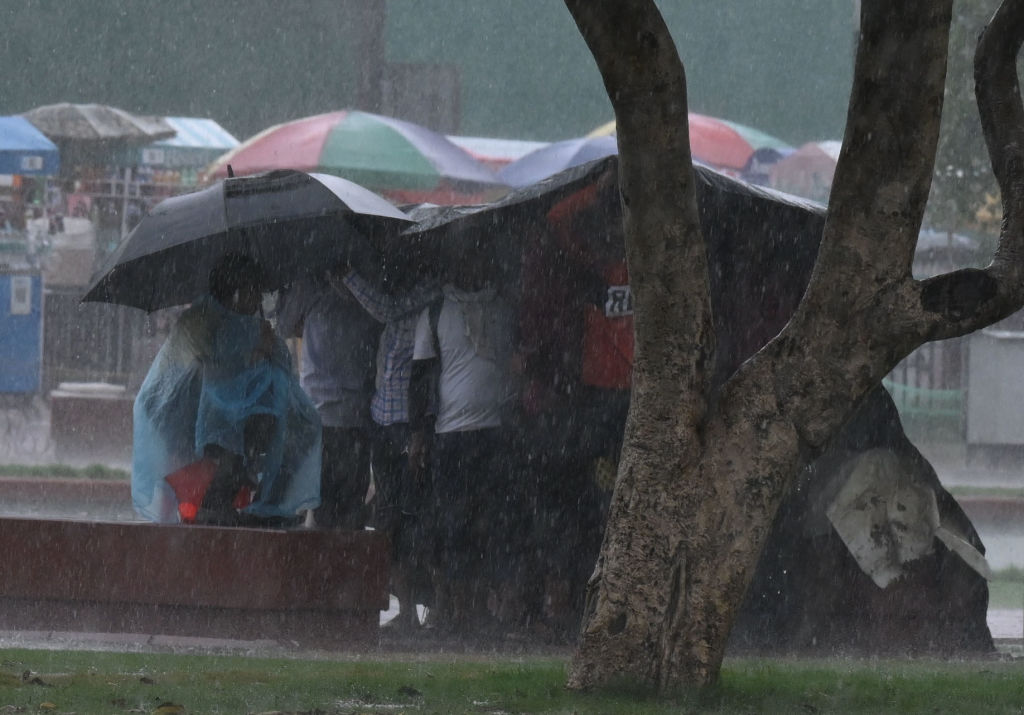India is likely to receive above-average rainfall in July after receiving 11% below average in June, the weather department said on Monday, keeping alive the possibility of higher farm output and economic growth in Asia’s third-biggest economy.
All regions except northeastern states are likely to receive rainfall equating to more than 106% of the 50-year average in July, Mrutyunjay Mohapatra, director-general of the India Meteorological Department (IMD), told a virtual news conference.
Summer rains, critical for economic growth in Asia’s third-largest economy, usually begin in the south around June 1 before spreading nationwide by July 8, allowing farmers to plant crops such as rice, cotton, soybeans and sugarcane.
The monsoon has covered nearly all parts of the country and will reach the remaining parts of the northern states of Rajasthan, Haryana and Punjab in the next two to three days, ahead of the usual schedule, Mohapatra said.
In June India received 11% less rain than the average, with all regions except the south receiving below-average rain after the monsoon lost momentum in mid-June.
A few states, such as Himachal Pradesh, Uttarakhand and the foothills of the Himalayas, are likely to receive heavy rainfall in July, which could lead to landslides and floods, Mohapatra said.
At least 11 people died in New Delhi because of sudden heavy rain last week while flight operations were disrupted in the capital.
La Nina weather pattern is likely to develop during the second half of the monsoon season, which usually boosts rainfall, he added.
The lifeblood of the nearly $3.5 trillion economy, the monsoon brings nearly 70% of the rain India needs to water farms and refill reservoirs and aquifers.
Without irrigation, nearly half of the farmland in the world’s second-biggest producer of rice, wheat and sugar depends on the annual rains that usually run from June to September.
The planting of summer-sown crops was delayed in some states because of patchy rainfall, but the ongoing revival in rainfall will help farmers to accelerate the sowing of paddy, cotton, soybeans and sugarcane, said one Mumabi-based dealer with a global trade house.
(Reuters)














